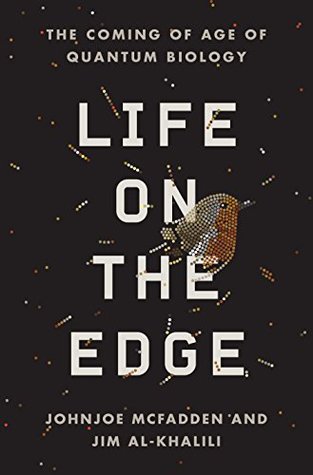More on this book
Community
Kindle Notes & Highlights
Started reading
March 20, 2017
How animals manage to find their way around the globe has been a mystery for centuries. We now know that they employ a variety of methods: some use solar navigation during the day and celestial navigation at night; some memorize landmarks; others can even smell their way around the planet. But the most mysterious navigational sense of all is the one possessed by the European robin: the ability to detect the direction and strength of the earth’s magnetic field,
But the amount of energy supplied by the interaction of the earth’s magnetic field with the molecules within living cells is less than a billionth of the energy needed to break or make a chemical bond. How, then, can that magnetic field
sciences. Most biologists regard Darwin’s theory of evolution by natural selection as the most profound idea ever conceived. However, a physicist is likely to argue that quantum mechanics should have pride of place—
beginning. We can look forward to a quantum future—in all likelihood within our own lifetimes—in which near-limitless electric power may become available from laser-driven nuclear fusion; when artificial molecular machines will be carrying out a vast array of tasks in the fields of engineering, biochemistry and medicine; when quantum computers will be providing artificial intelligence; and when potentially even the sci-fi technology of teleportation will be routinely used to transmit information.


